Perhaps no other building material plays such a key role in your home as siding. It protects your house against the harshest elements and factors into your home's appearance, architectural character, and value.
Is It Worth It? Evaluating House Siding Options
Replacing siding on a home can be expensive, depending on the siding material and labor costs. The national average for exterior siding and labor (excluding removal) is around $12,600, according to Today’s Homeowner. If you choose brick or stone home siding, prices could soar above $70,000.
Options like vinyl siding and aluminum siding tend to be more cost-effective, with starting prices just above the $5,000 mark, and both are durable options. If cleaning your siding isn’t enough and it's time to replace it, you can make a budget-friendly selection that could last 20 to 50 years.
Certain siding replacement options can generate a healthy return on investment at resale and can lead to happiness for homeowners after the project is completed:
- A vinyl siding replacement recovers an estimated 82% of its initial cost — $18,300 — at resale, according to the "Remodeling Impact Report" from the National Association of REALTORS®.
- Fiber-cement siding does better, with an estimated return of 86% on an investment of $18,600. Homeowners polled for the report gave their fiber-cement siding projects a perfect joy score of 10. The rating is based on those who said they were happy or satisfied with their remodeling, with 10 being the highest rating.
9 Best House Siding Options
Here's our guide to the nine top siding replacement options based on budget, ease of maintenance, and green priorities.
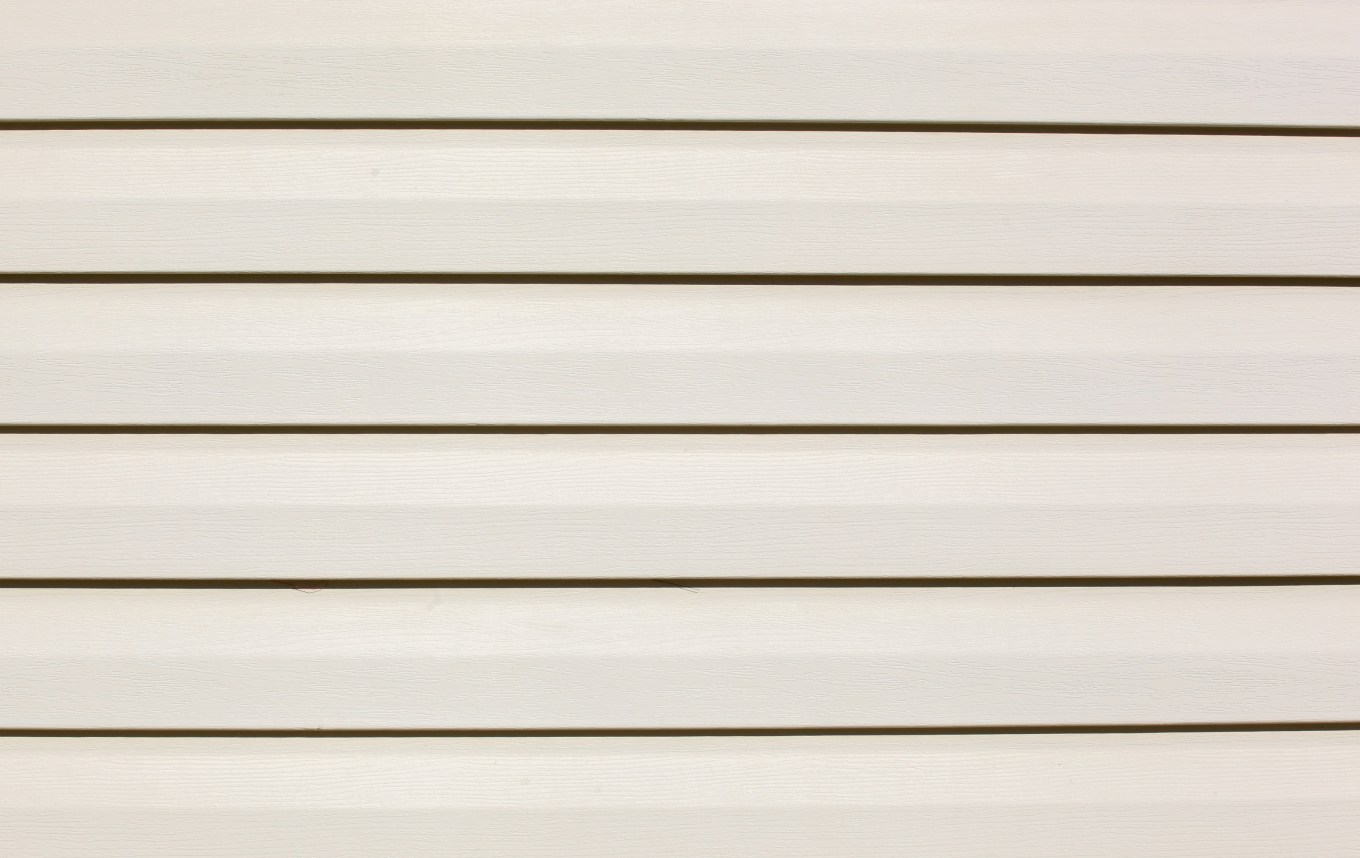
#1 Vinyl Siding
Vinyl is tough, durable, and widely available in many styles and colors. Color permeates the material and won't reveal nicks and scratches.
Today's standards make it likely that vinyl siding will maintain its shape in extreme temperatures, resist high winds, and retain its color. Labeling should indicate if vinyl siding conforms to the American Society for Testing and Materials' standard, expressed as ASTM D3679. Or ask your contractor to confirm.
Benefits: Vinyl’s light weight makes for speedy installation. It can be retrofitted over existing siding and requires little maintenance. Top-quality brands offer transferable lifetime guarantees to subsequent buyers.
Drawbacks: Seams will show where the ends of standard 12-foot panels overlap. Extra-long panels can virtually eliminate seams for an additional cost of about 30%.
Green factor: Vinyl has a long replacement cycle of 30 to 50 years, but the ingredient that makes it durable -- polyvinyl chloride, or PVC -- doesn't degrade in landfills. Byproducts of PVC production may include dioxin and other toxins.
Cost: Material per square foot, installed: $2 to $8
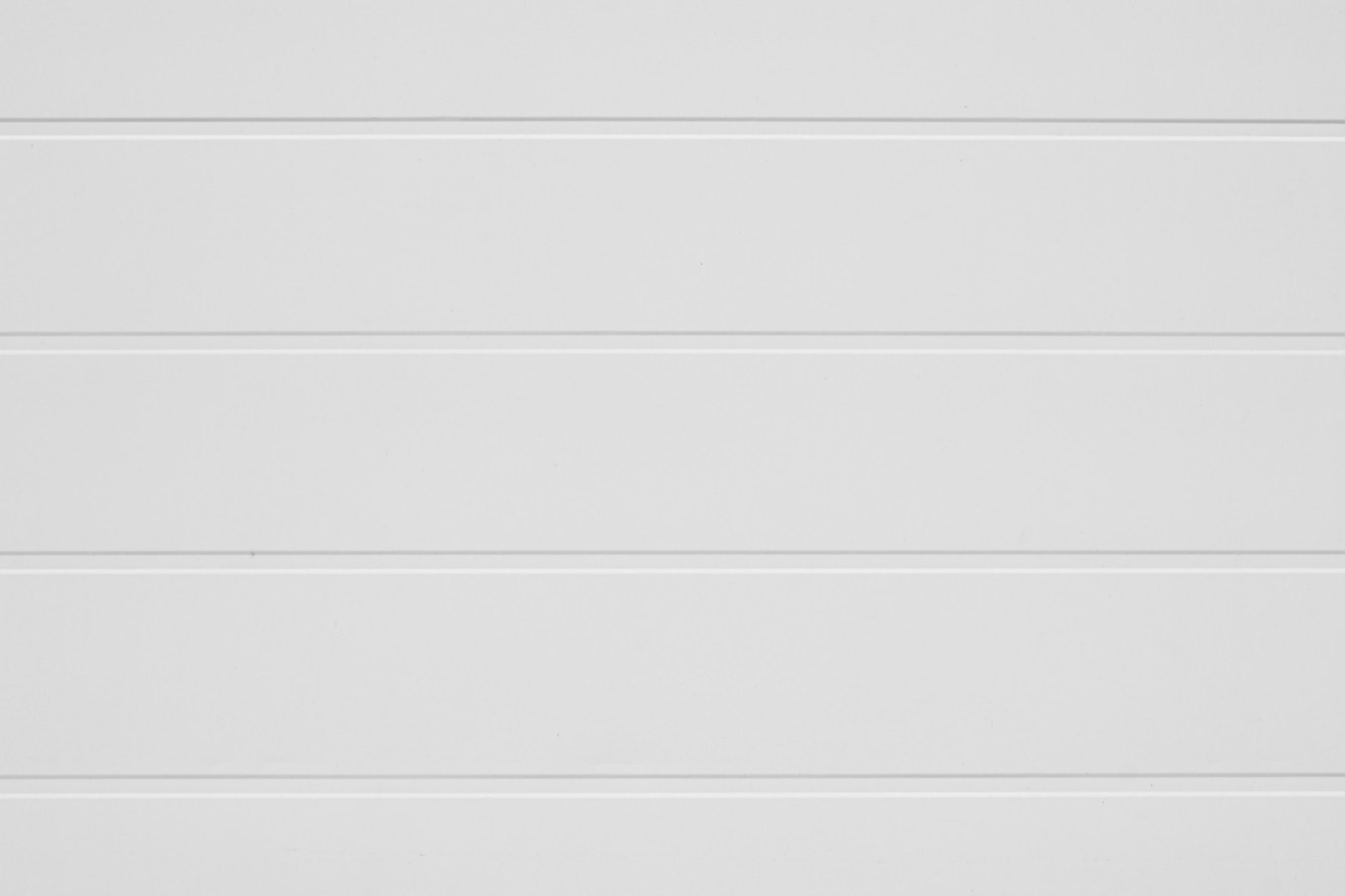
#2 Metal Siding
The popularity and availability of steel and aluminum siding is waning because vinyl has evolved as the better low-cost option. Metal siding comes in many prefinished colors, and it features styles that mimic wood. Modern metal sidings resist dents are insect and fire-proof, and require little maintenance. With proper care, steel and aluminum siding can last more than 50 years.
Benefits: Metal’s light weight speeds installation, and baked-on paint enamel finishes won't need periodic repainting.
Drawbacks: It isn’t readily available in all areas. Dents are permanent, but scratches can be touched up with a quality color-matched house paint.
Green factor: Aluminum siding products may contain up to 30% recycled content.
Cost: Material per square foot, installed: $3 to $8
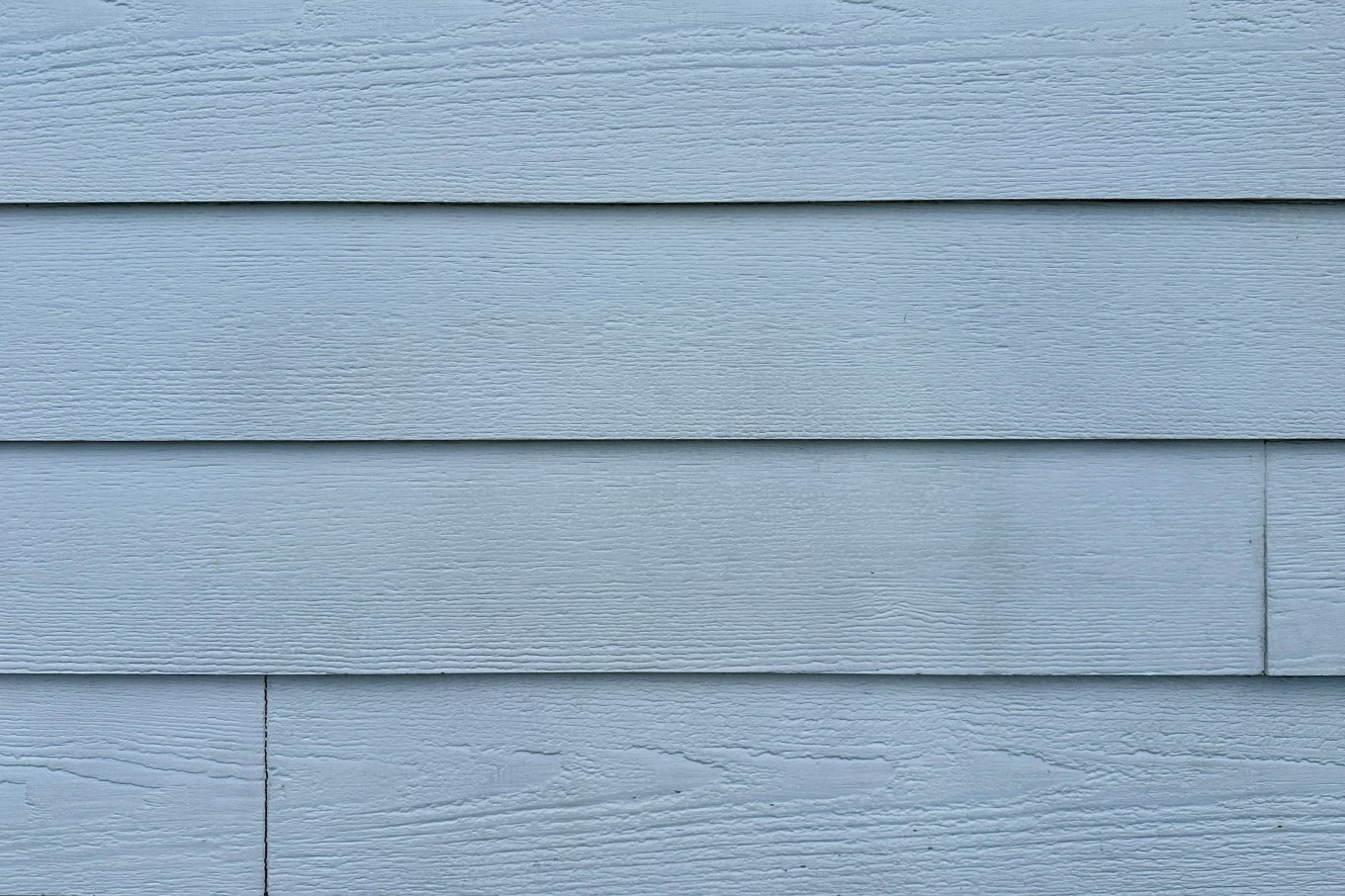
#3 Fiber Cement Siding
Fiber cement siding is made from a mixture of wood fibers, Portland cement, clay, and sand. It's slowly gaining market share as consumers become more aware of its rugged durability, low maintenance, and weather-resistance. Because it's made from a liquid cementitious mixture, it can be molded to closely resemble painted wood, stucco, or masonry. It's also termite-proof and fire-resistant, and doesn't rot. A 30-year warranty is standard. Most home improvement stores carry samples.
Benefits: Pre finished fiber cement siding doesn’t need painting after installation, yet it accepts repainting easily when you want to change colors. It resists thermal expansion and contraction, so paint and caulk hold up well. In some areas, fiber cement is considered to be masonry and may qualify you for lower home insurance premiums. Check with your agent.
Drawbacks: Fiber cement materials are heavy. Installation requires specialty tools and techniques, adding to labor costs (about 50% more than vinyl). Search for bids and find an installer who's familiar with the product. Check contractor services, such as HomeBlue or ServiceMagic. Retrofits require the old siding to be completely removed. The job requires one or two days for a 2,450 square-foot house and adds about 5% to the total cost of the project.
Green factor: Because fiber-cement siding can’t be recycled, it isn’t considered eco-friendly, according to Angi. But after it’s installed, it’s inert and nontoxic. Because it lasts for decades, it has a low carbon footprint.
Cost: Fiber cement horizontal board siding per square feet, installed: $5 to $14
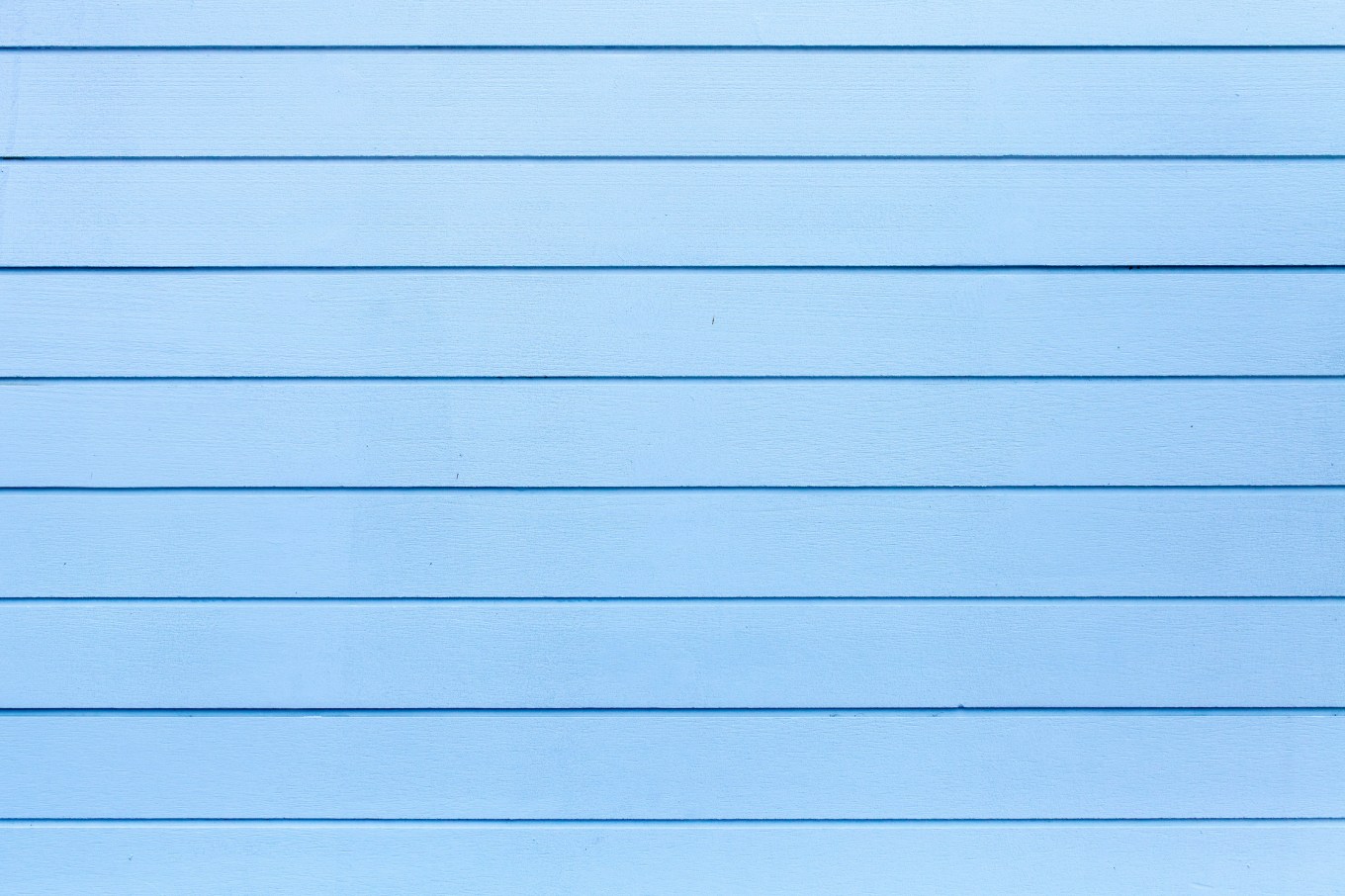
#4 Natural Wood Siding
Wood siding comes in many species and grades, and what you select -- and pay -- depends on how you plan to finish the material. If you want the natural beauty of wood to show through a clear or semi-transparent stain, opt for a more expensive grades with fewer knots and other defects.
If you plan to paint or use an opaque stain, you can select less expensive grades of wood. Lumber yards and home improvement centers may stock only one or two examples, so view styles and compare prices at an online store, such as BuildDirect.
Benefits: Wood is easy to shape and cut and requires few specialized skills for installation, reducing labor costs. With proper care, wood will last 100 years or more -- longer than synthetic materials. It also offers superior aesthetics.
Drawbacks: Wood can be expensive and requires repainting every five years, restaining every three years, or applying a clear finish every two years. A professional painter may charge thousands of dollars to apply any of the three exterior finishes. Retrofitting with wood requires complete removal of existing materials. Nonmoisture-resistant species, such as pine and fir, are susceptible to rot.
Green factor: Wood siding biodegrades in landfills. The finest grades come from old-growth timber. You can ease logging pressure on diminishing old-growth forests by selecting repurposed material or wood certified by the Forest Service Council. This certified wood comes from sustainable forests.
Cost: Wood clapboard (associated with fine homebuilding) per square foot, installed: $6 to $9
Wood shingles (prized for cottage-style appearance) per square foot, installed: $3 to $6
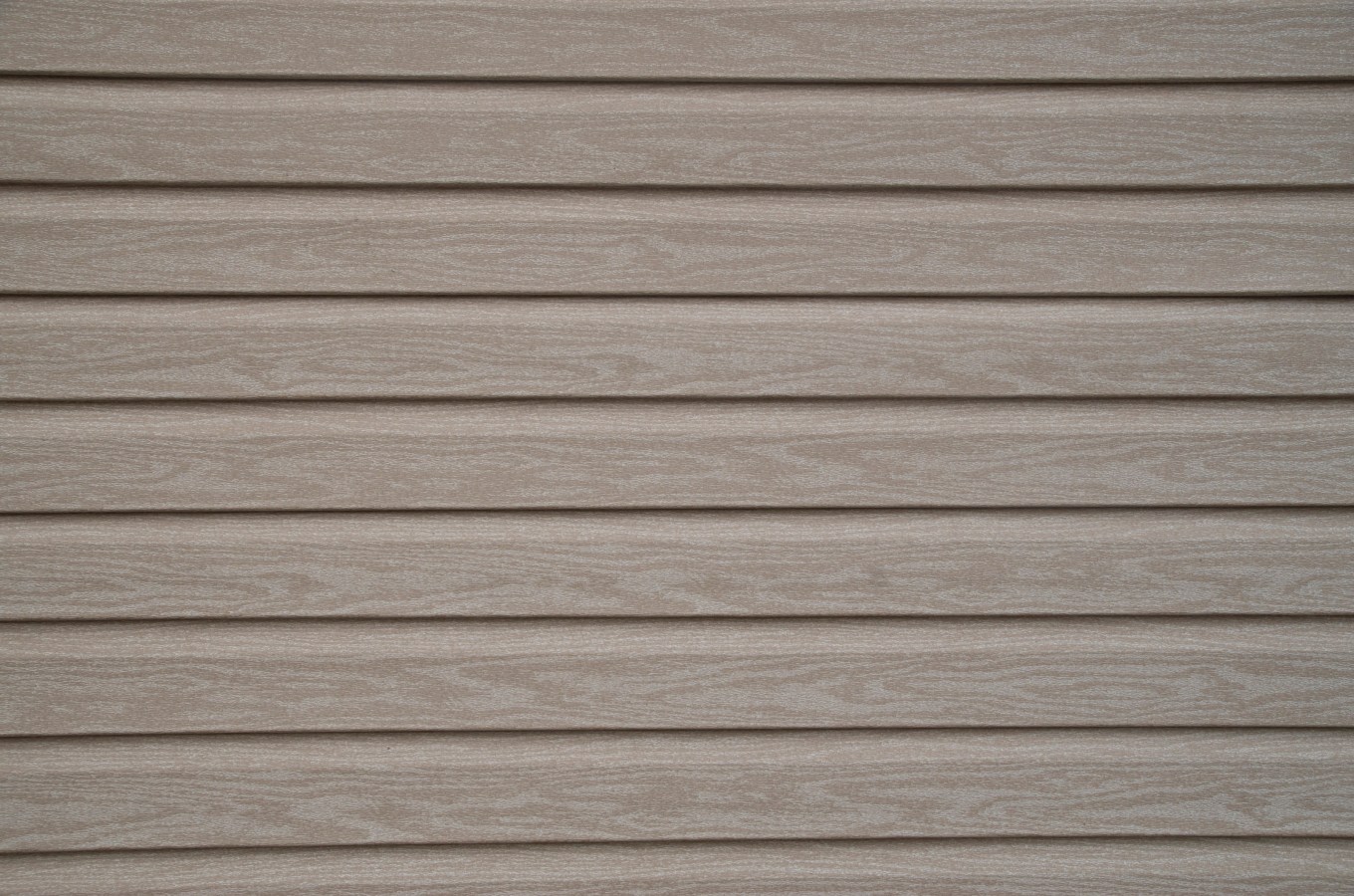
#5 Engineered Wood Siding
Engineered wood siding looks like natural wood while addressing some of the challenges associated with traditional wood siding. It resists moisture and is less susceptible to rot and decay. And it doesn't need regular restaining. Engineered wood siding is a composite material made from wood fibers, resins, and additives, so it's more stable and durable than natural wood.
Benefits: Engineered wood has a realistic appearance that closely resembles natural wood; it offers an aesthetically pleasing look without the high maintenance demands. The straightforward design makes it easy to install, which could reduce labor costs.
Drawbacks: It's more durable than natural wood, but it may not be the most durable house siding option. If repairs are required, it could be hard to match the color and design, so order a little extra just in case.
Green factor: Engineered wood siding can be more environmentally friendly than solid wood, as it often incorporates recycled materials. Some products might be certified by organizations like the Forest Stewardship Council, ensuring responsible sourcing of wood fibers.
Cost: Material per square foot, installed: $1 to $6
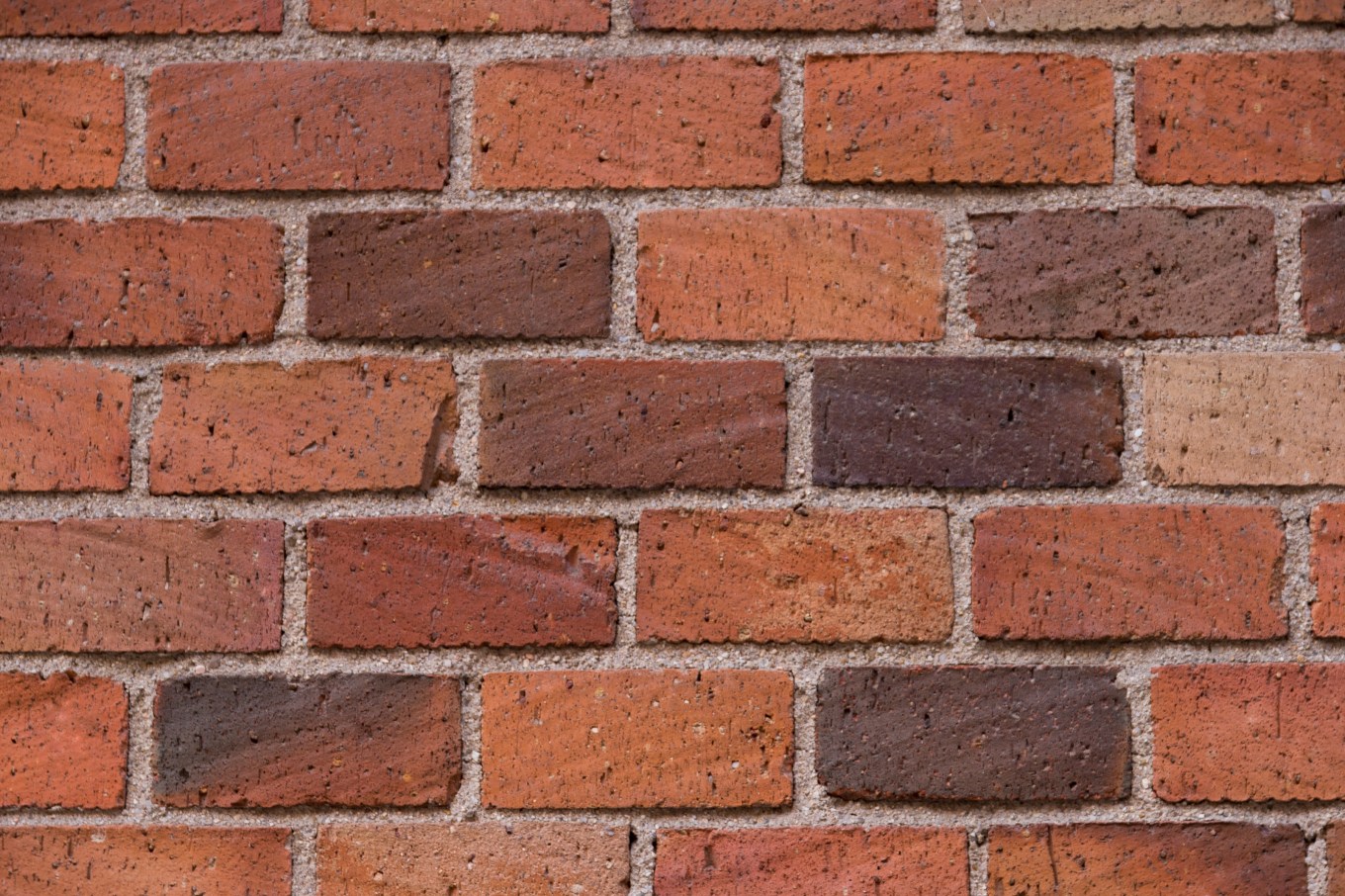
#6 Brick Siding
Brick siding is a classic choice that offers timeless elegance and durability. Its sturdy construction and rich appearance make it popular for various architectural styles. Brick siding can keep your home’s interior warm, because brick is known for its insulation properties.
Benefits: Brick siding resists weather, insects, and fire; requires minimal upkeep; and doesn't need to be painted or stained. It also helps regulate indoor temperatures, which could lower energy costs.
Drawbacks: Proper brick siding installation requires skill and experience (not a great DIY project). It tends to be expensive due to material and labor costs, but its durability offers long-term value. Color options are limited compared to other types of siding.
Green factor: Bricks are made from natural materials and can be recycled or repurposed, which reduces environmental impact. Thermal mass can contribute to energy efficiency.
Cost: Material per square foot, installed: $11.50 to $33
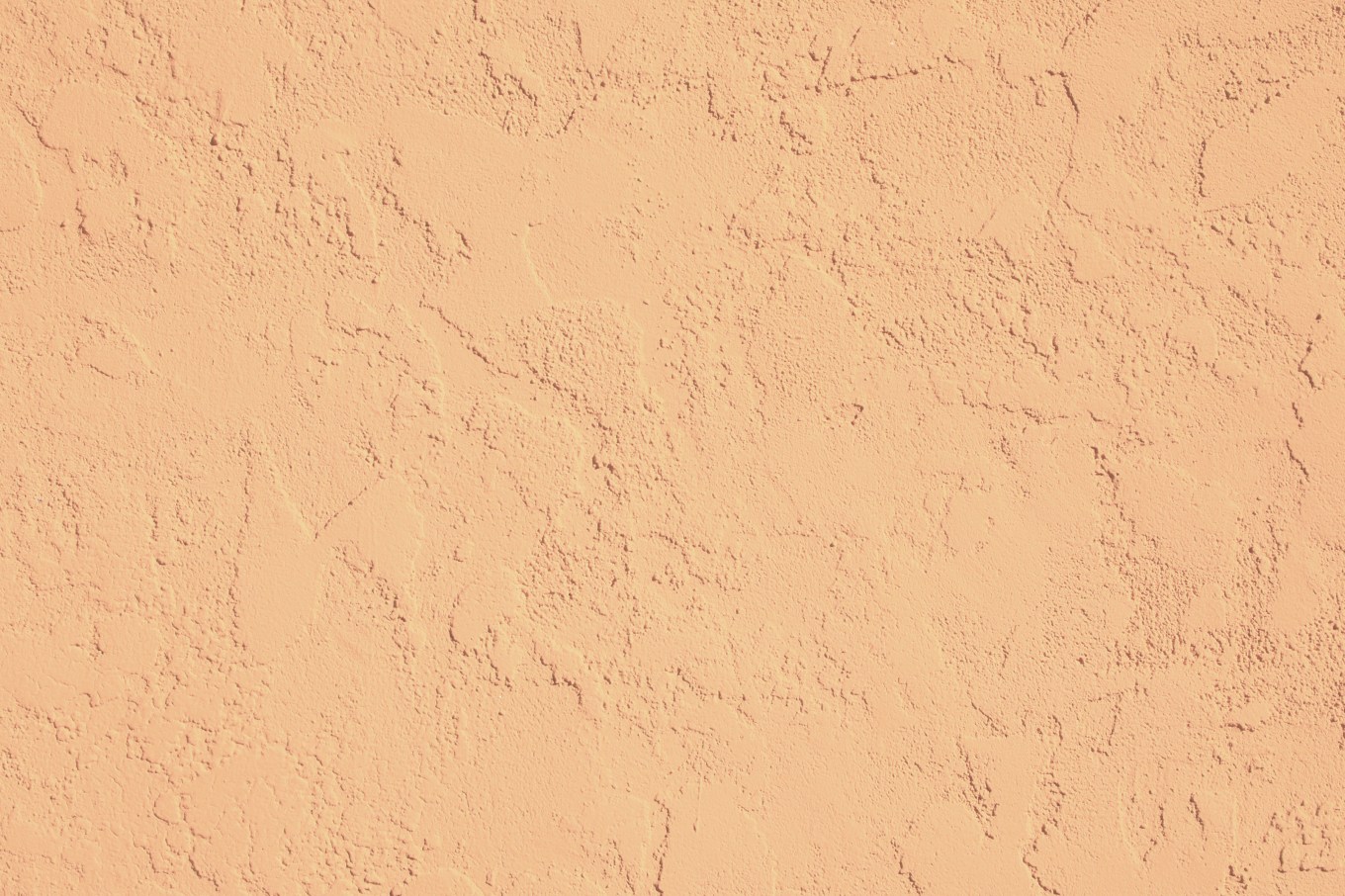
#7 Stucco Siding
Stucco siding is versatile and distinctive, adding a smooth or textured finish to a home’sthe exterior of a house. Its energy-efficient qualities make it a popular choice for homeowners looking to reduce energy costs.
Benefits: Stucco siding is versatile, allowing for a wide range of design possibilities. It requires minimal upkeep, typically needing only occasional cleaning. Stucco is non-combustible, which adds a layer of fire protection to homes.
Drawbacks: Stucco siding installation can be relatively expensive because the process is labor intensive, and requires specialized skills. Improper installation or insufficient maintenance can allow moisture in, which might result in water damage and mold growth.
Green factor: This house siding option is made from natural materials, including cement, sand, and lime, or calcium oxide. It can be sourced responsibly and has a lower environmental impact than other siding options. It's also highly durable and can withstand various weather conditions, and that can reduce the need for frequent replacements. Stucco acts as a natural insulator, helping to regulate indoor temperatures and potentially reducing energy consumption.
Cost: Material per square foot, installed: $6 to $9
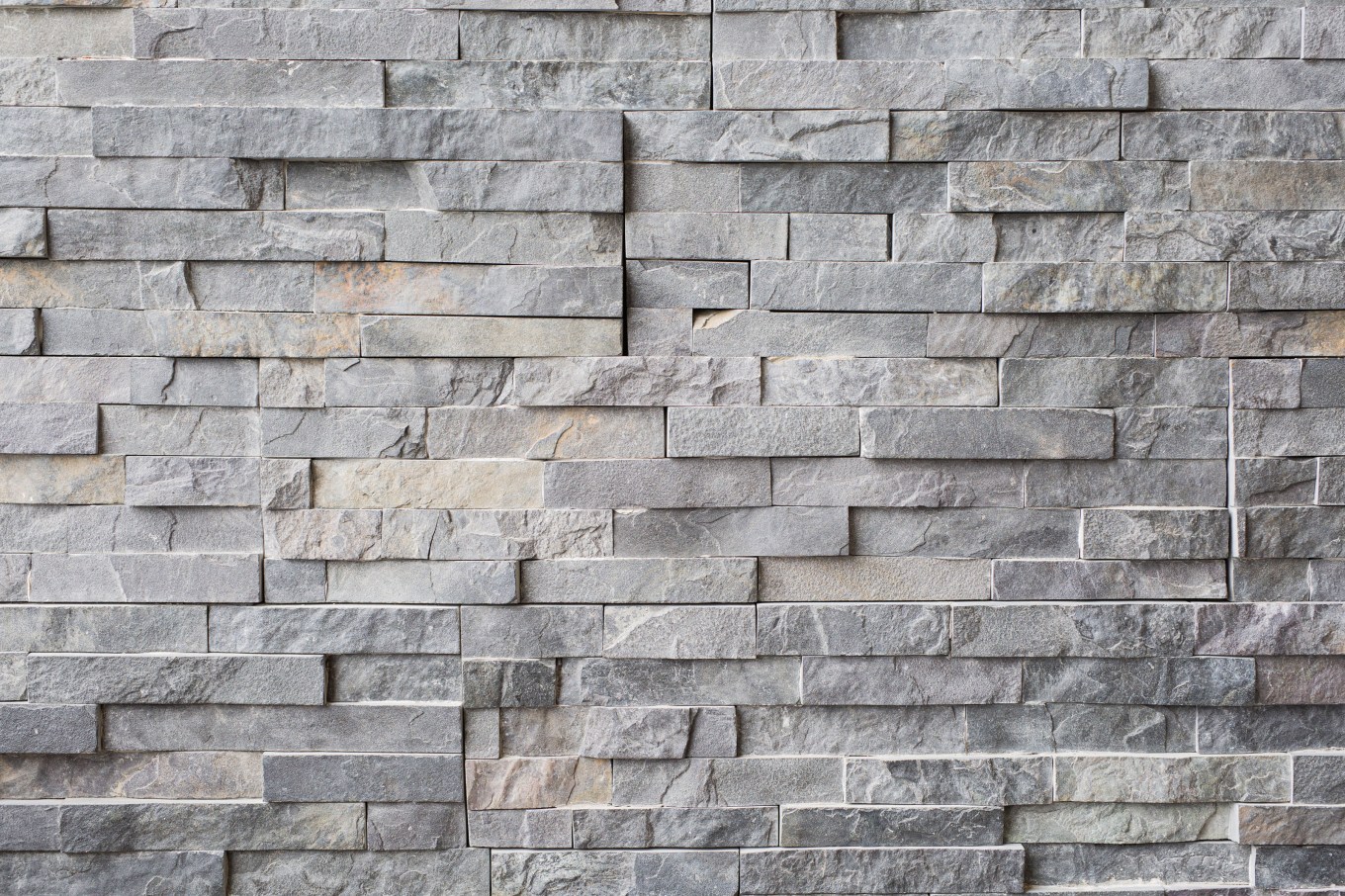
#8 Stone Veneer Siding
Stone veneer siding offers the allure of natural stone without the weight and cost associated with traditional stone construction. It adds a rustic texture and visual interest to homes, making it a popular choice for various architectural styles. It's made with materials like cement, aggregates, and pigments, and is usually cut to resemble the natural, imperfect edges of real stone.
Benefits: Unlike solid stone, stone veneer siding is lighter. So, it's easier to install and doesn't pose the same structural load concerns. Stone veneer allows for creative design possibilities, since it can be applied to various surfaces, including wood, concrete, and metal. It's low maintenance and requires minimal upkeep.
Drawbacks: It's not as durable as solid, natural stone and could fade over time, especially if exposed to harsh weather. It’s not a great choice for a DIY install, since skill is needed to create a secure bond between pieces and a seamless finish.
Green factor: Some stone veneer products incorporate recycled materials. When used in thin layers, less material is needed, conserving natural resources.
Cost: Material per square foot, installed: $6 to $9
#9 Insulated Vinyl Siding
Insulated vinyl siding combines the look of traditional vinyl siding with more energy efficiency and insulation properties. It’s a practical solution for homeowners seeking to improve their home's comfort and energy performance (which could land you a tax credit).
Benefits: The foam insulation layer reduces energy consumption, potentially lowering utility bills, and keeps indoor temperatures more consistent. Like traditional vinyl siding, insulated vinyl doesn’t need much upkeep, which can save time and money.
Drawbacks: Insulated vinyl siding can be more expensive than traditional vinyl siding due to the added insulation layer. Because it’s a synthetic material, it may not be as visually appealing as brick, wood, or natural stone. It's also less environmentally friendly than natural options.
Green factor: The improved energy efficiency from insulated vinyl siding can reduce energy consumption and the carbon footprint. Some vinyl siding products can be recycled, minimizing waste and contributing to sustainability.
Cost: Material per square foot, installed: $8 to $10
Choosing the Best Exterior Siding for Your Home
Selecting the ideal exterior siding for your home starts with understanding the pros and cons of each type of siding. With this guide, homeowners can confidently navigate the options and make an informed decision.
Spend some time researching various materials to help you stick to your budget, and decide on the factors that are most important to you.
